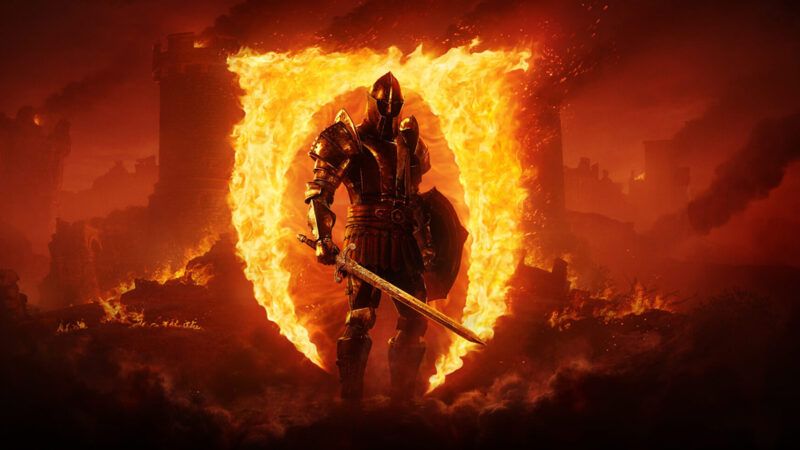Review: The Elder Scrolls IV: Oblivion Sets Players Loose in a World of Wonder
If you're looking to see the sights and understand the culture of a foreign land, the easiest way to do it might be from the comfort of your couch.

If you're looking to see the sights and understand the culture of a foreign land, the easiest way to do it might be from the comfort of your couch, video game controller in hand. Open-world video games come packed with quests, combat, storylines, and bad guys to kill. But their core appeal is in the vast expanses of digital territory that players can explore.
Few such games have ever captured that sense of wonder and discovery better than the now-classic role-playing game The Elder Scrolls IV: Oblivion.
First released in 2006, and recently rereleased with brand new graphics, Oblivion was a landmark of the genre, partly for the nonlinear freedom it offered players and partly for the sheer expansiveness of its open world. Set in the mythical fantasy realm of Cyrodiil, it sets players loose on a map that feels continent-sized, with a sprawling and varied ecology and with breathtaking natural landmarks.
There are towns and cities to explore, each with its own architectural style, commercial options, and local culture. Stop at a local inn and you can discuss rumors about the realm's politics, along with indulging in local gossip. Visit a village's vendors and you might find a unique item of clothing, imbued with special powers, for your character to wear.
Playing the game is like visiting a foreign country: You can see the sights, sample the local culture and commerce, and perhaps find yourself on an unexpected adventure or two. It's tourism in a virtual, fictional world.




Show Comments (8)